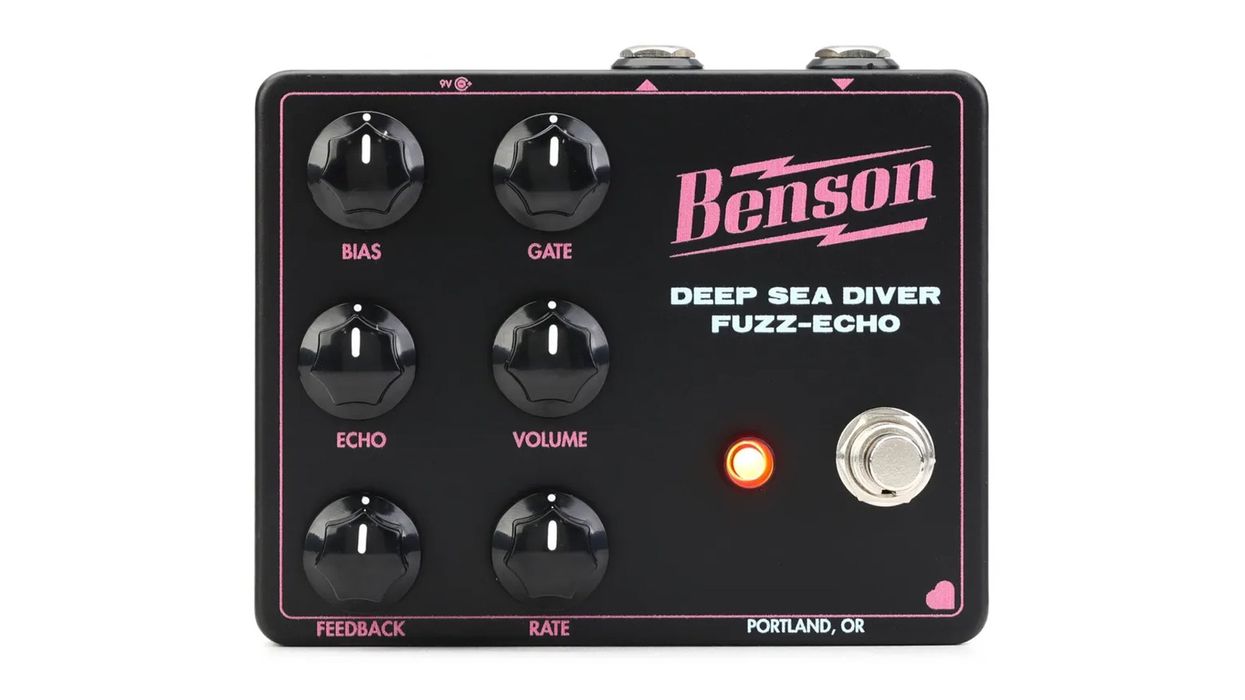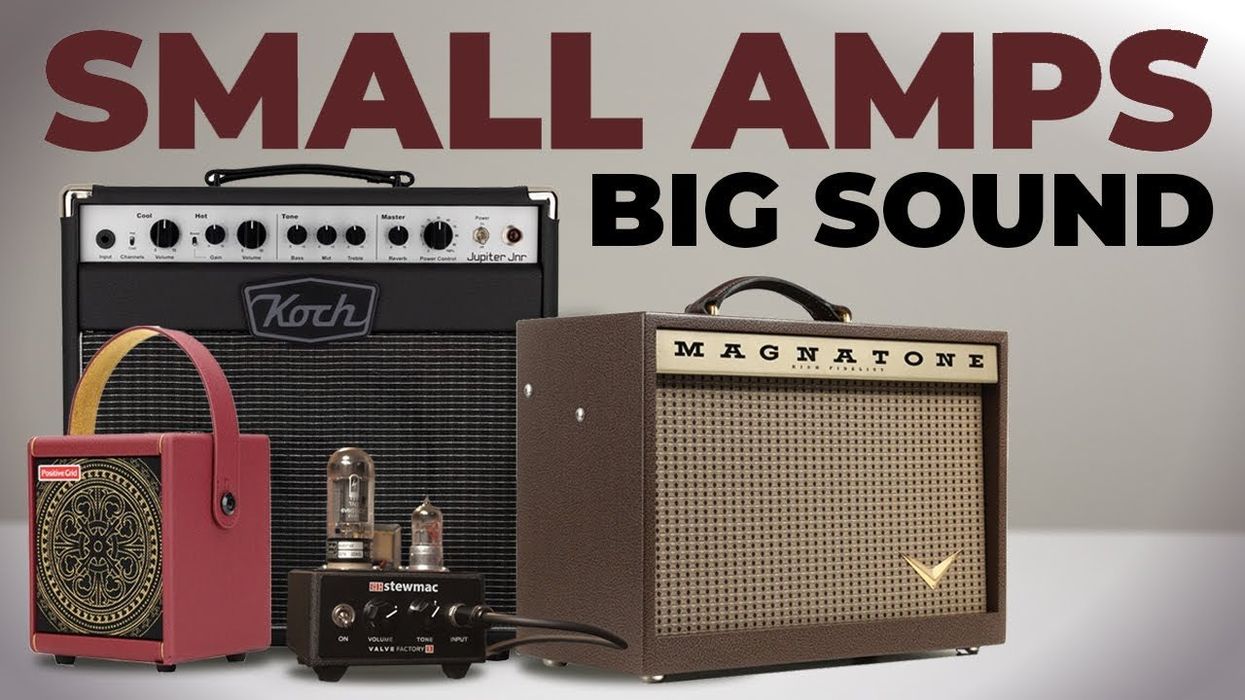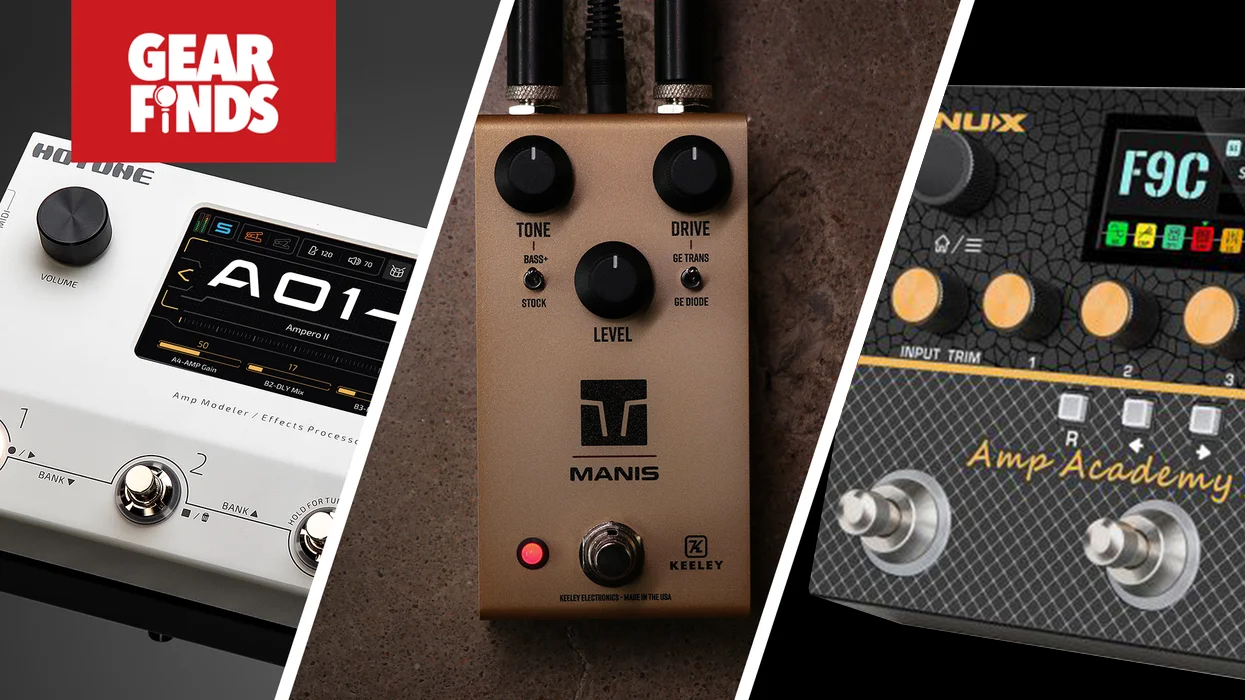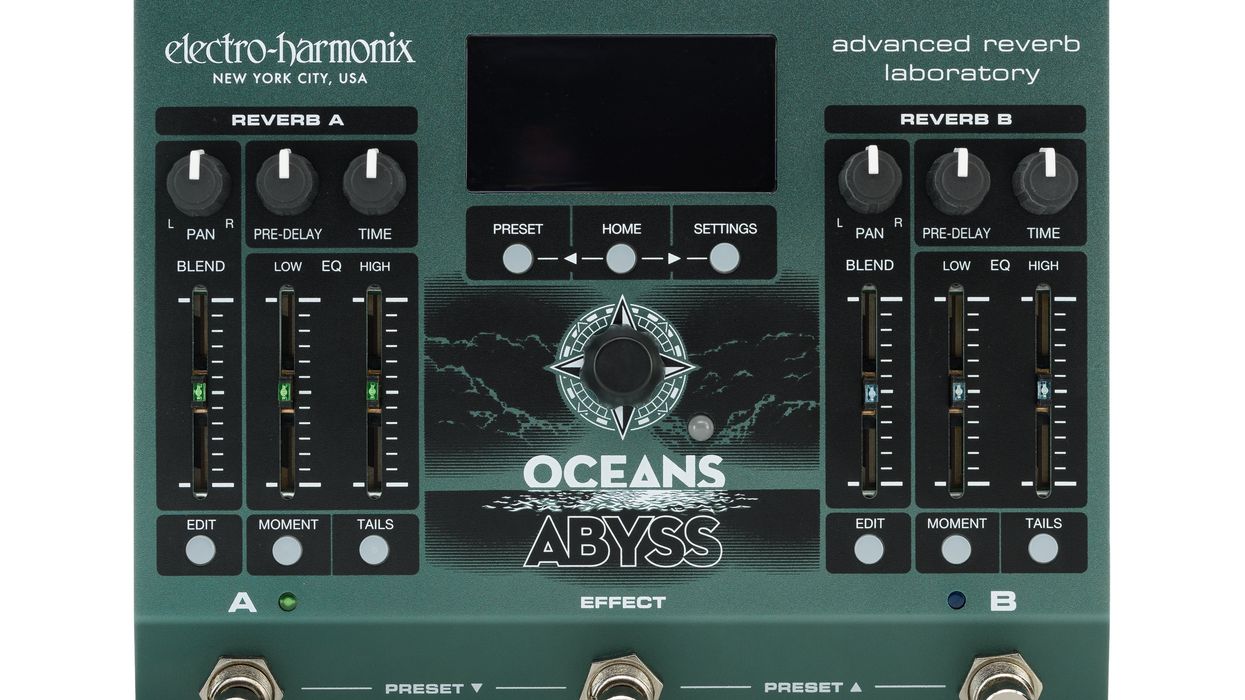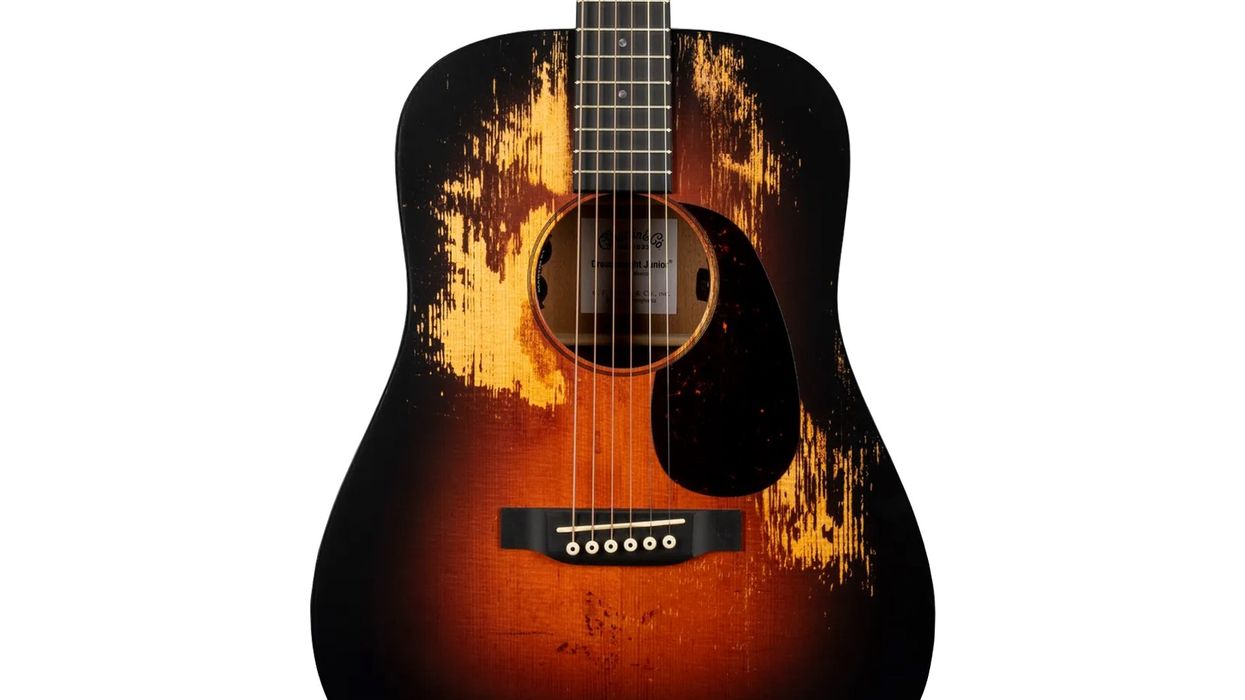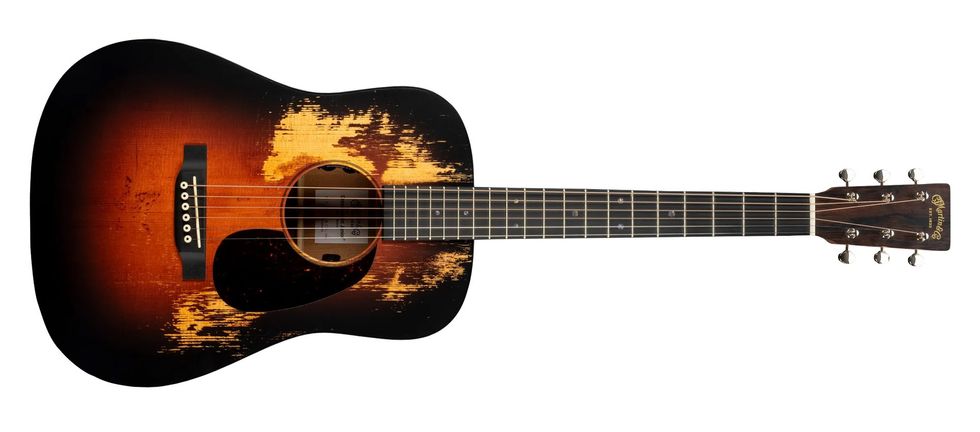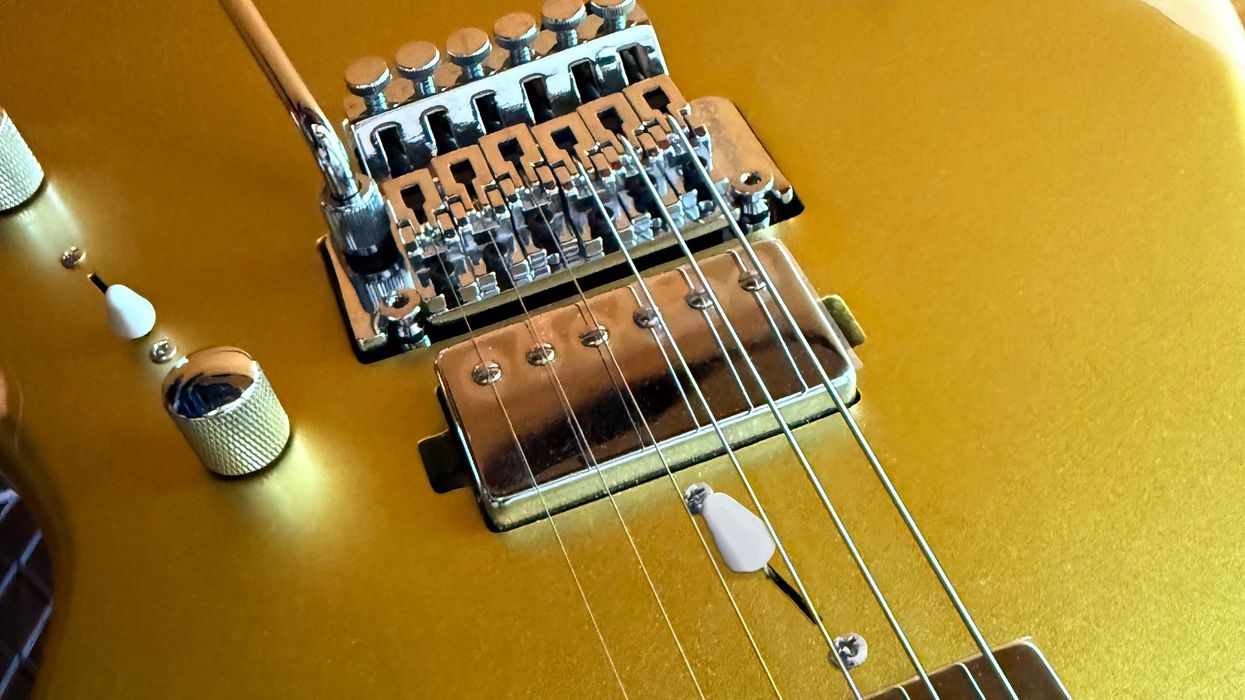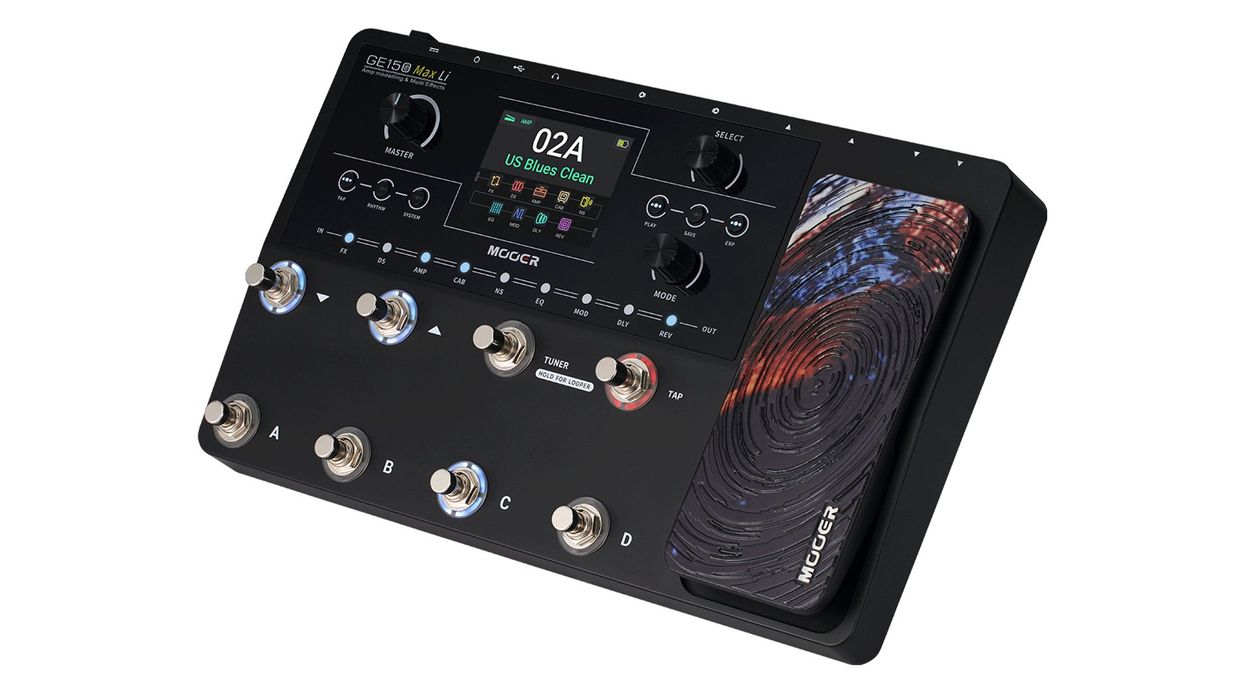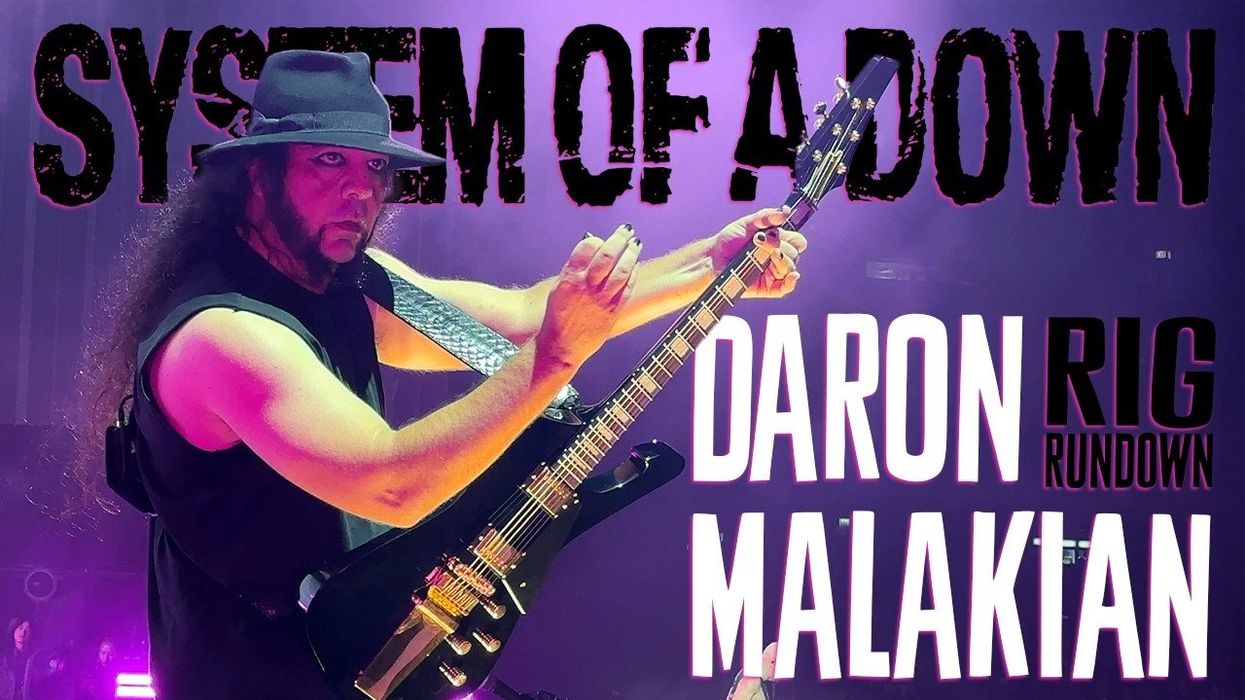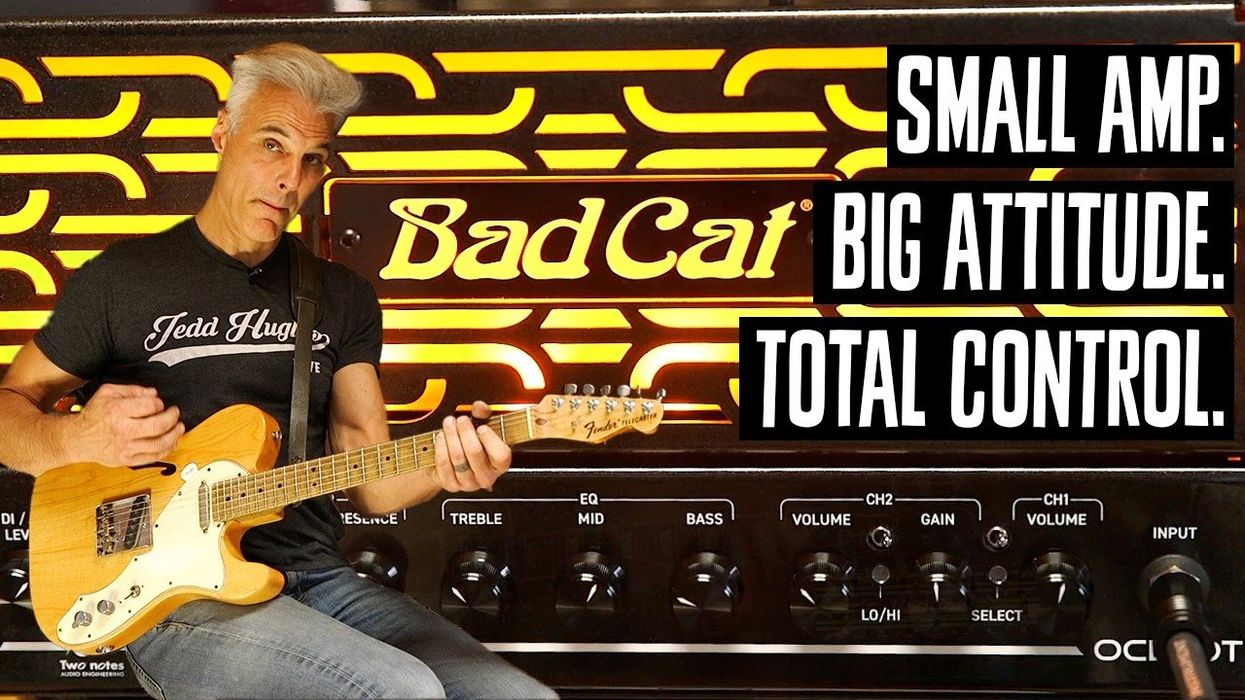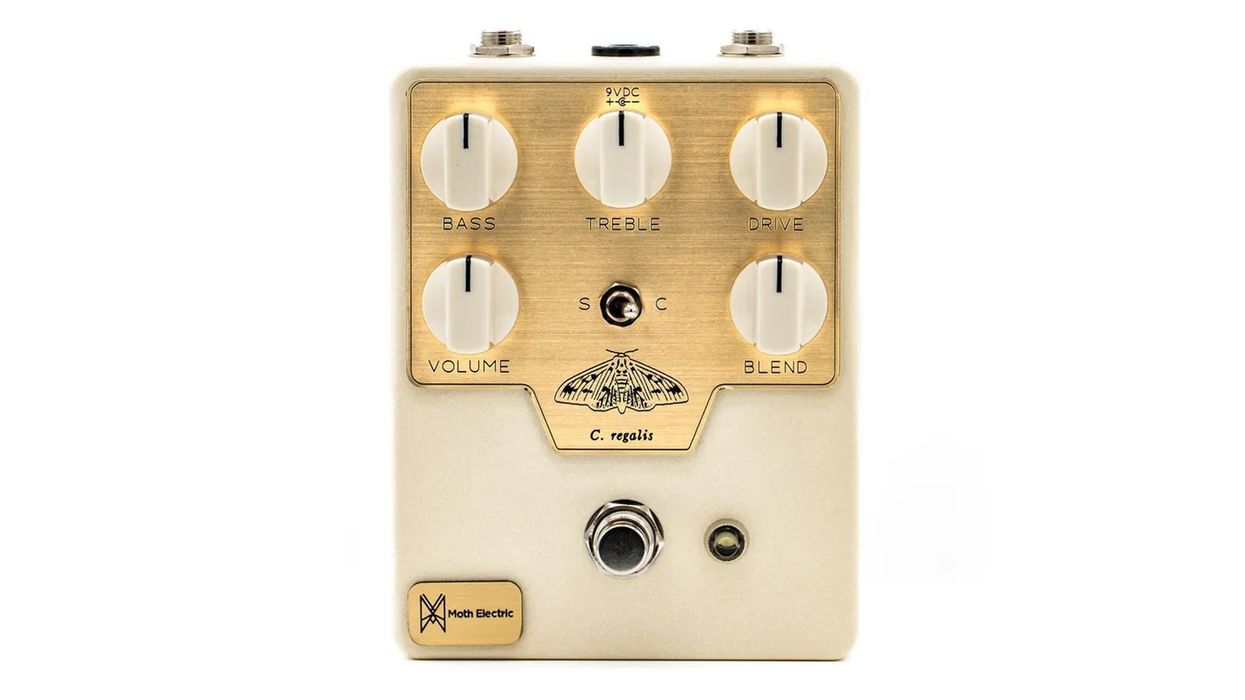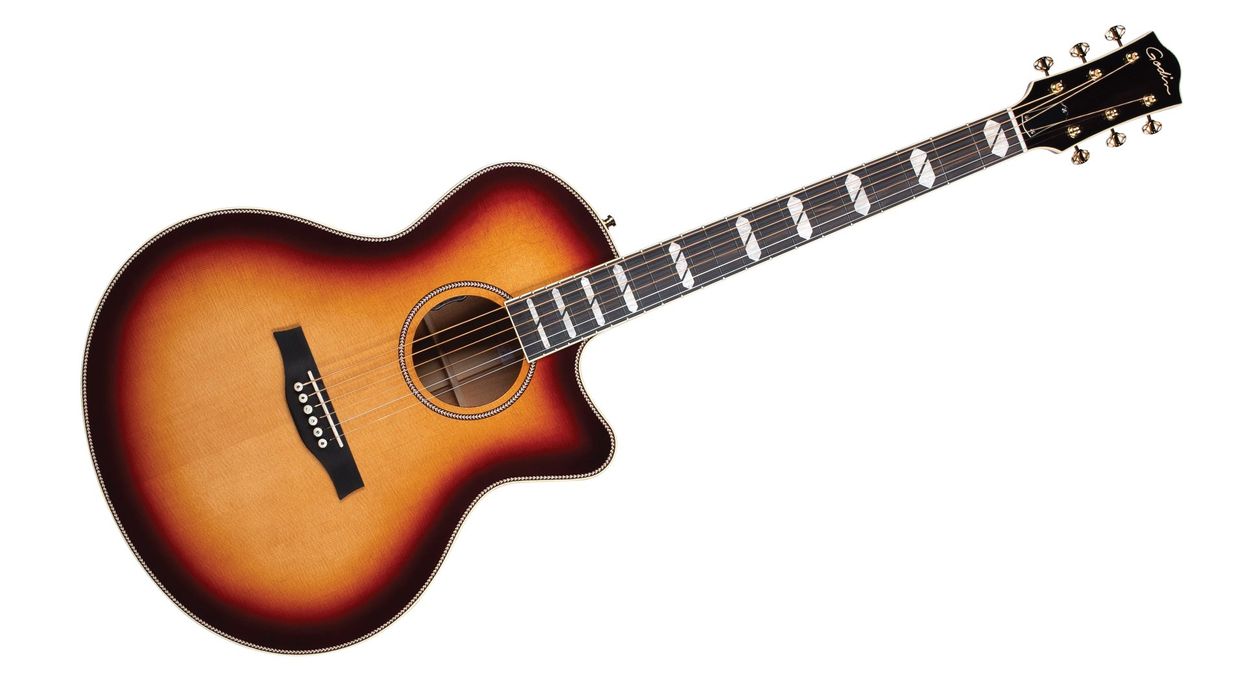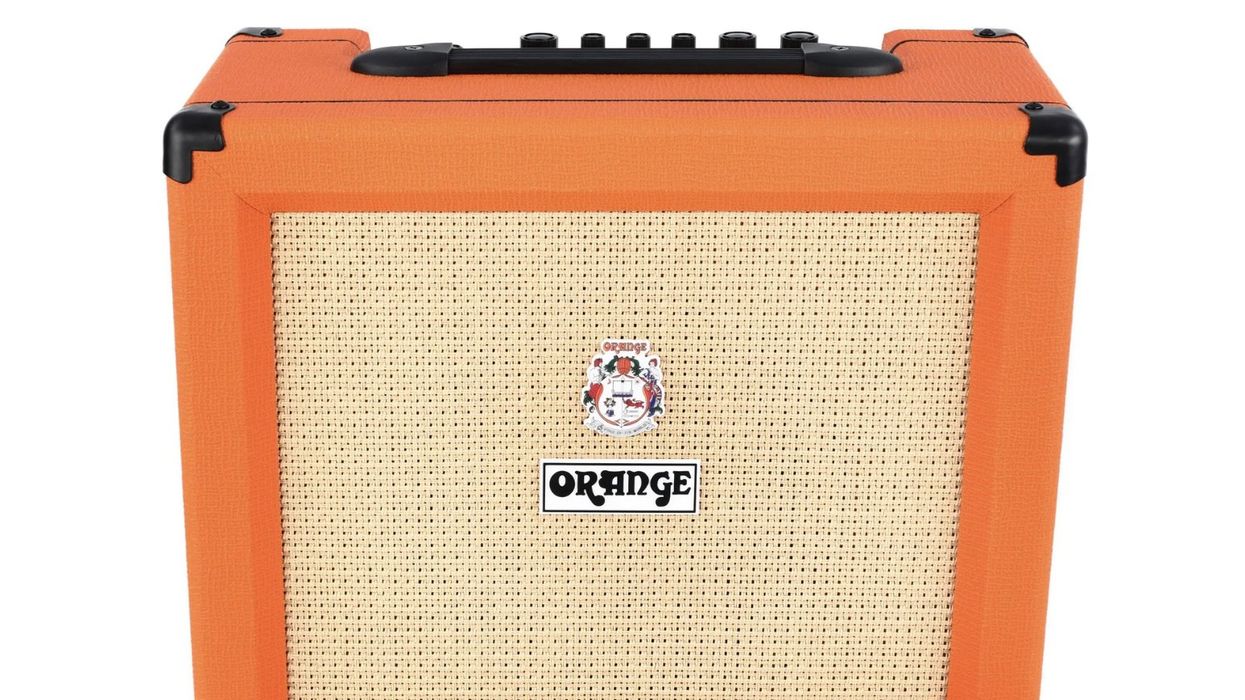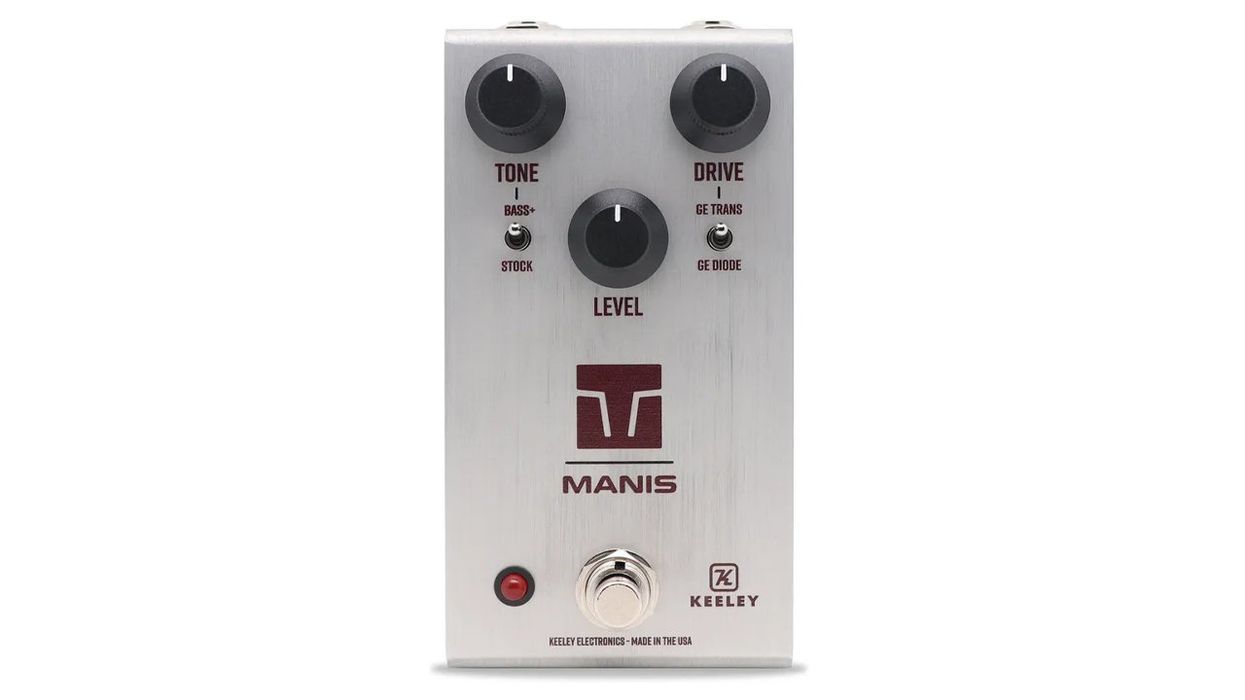In a world where new fuzz pedals seem like an endless train of Big Muff, Fuzz Face, or Tone Bender wannabes, the germanium transistor-driven Silktone Fuzz instantly stands out. Cool logo and skirted flying-saucer knobs aside, what really draws the eye is the three-digit LED readout. At a glance, you might assume this indicates some sort of programmability—a digital task not normally associated with stellar fuzz. That’s not the case.
But why, exactly, are those LEDs constantly shifting? If you’re any sort of fuzz-o-phile, you know how finnicky vintage-style germanium units like those on classic Hendrix, Gilmour, Page, and Beck recordings can be. Getting consistent tones from the best germianum fuzz specimens can be a crapshoot. That’s because temperature has a dramatic effect on the stability of the current and voltage drawn in a germanium circuit. In electro-speak, this is called transistor bias.
Numbers Cruncher/Mercury Muncher
Perhaps the coolest (pun intended) of the Silktone Fuzz’s three extremely cool features is the near-miraculous way it enables its two germanium transistors to deal with temperature woes. While all transistor-driven fuzzes have at least one bias point, they’re usually only tweakable via tiny internal trimpots. But the Silktone’s bias is controlled by a handy full-sized knob up top, right next to the even handier patent-pending Active Bias Monitor readout. This means, for any of the many killer tones available, you can document—to two decimal points—the transistors’ bias measurement and then adjust to compensate for mayhem wrought by Mother Nature or a cranked air conditioner.
It’s not often one gets to employ a refrigerator and a hot summer day to test a guitar pedal, but that’s how I went about assessing the reliability of the Silktone Fuzz’s bias control and monitor. First, I recorded a reference tone with my Tele, Vibrolux Reverb, and a Royer R-121 ribbon mic in my 66-degree basement studio, photographing the knob positions and LED readout (which read 6.00 with bias at noon) for accuracy. Then I placed the Fuzz on a front-porch rocker in the 84-degree sunlight for 10 minutes, brought the warmed-up stomp back to the studio, and noted that the same bias-knob position now measured 8.25 and the tones sounded much more gated and jagged. Dialing bias counterclockwise to roughly 8 o’clock and comparing to my recording, I got the reading back to essentially the same reference tone and bias reading. I had the same experience in reverse after a 10-minute chill session in the fridge.
You Said Three Cool Things…
To nix another finnicky aspect of vintage-style fuzzes, the Silktone also has a pickup-simulator/debuffer at the beginning of the circuit that enables it to sidestep issues related to placement in a signal chain. Go ahead, put it before or after your wah or overdrive—it sounds the same. Further, the cleanup knob works in tandem with the debuffer to facilitate the range of scrumptious in-between boost and distortion tones that a good germanium stomp can yield with guitar-volume tweaks—only you don’t have to do anything but stomp to get there. Volume, meanwhile, works dynamically with fuzz and cleanup to let you go from deliciously grainy fuzz to thick, Muff-esque doom tones, to myriad shades of skanky, toothy, stabbing, or sqwonky boost/overdrive.
Saying anything is the “ultimate” anything can make you seem like either a novice or an ass-kissing eager beaver, but ... damn, man—the Silktone Fuzz is really cool.
Adding to the fun, there’s also a 2-way toggle for “classic” or meatier, more harmonically saturated “raw” bias modes. The bias control also acts as a potent tone/responsiveness control in its own right. Although the circuit design was inspired by the Fuzz Face and nearly identical Tone Bender MkI.5, setting bias near minimum can impart lo-fi, Velcro-esque stickiness—anywhere from thick, Fuzz Factory-like sounds to bee-in-a-can Fuzzrite tones. At other settings, bias tends to yield airier, more open-feeling tones, and past noon they’re more rotund. Near maximum, you get a palette of “strangled-fuzz” vibes.
The Verdict
Saying anything is the “ultimate” anything can make you seem like either a novice or an ass-kissing eager beaver, but … damn, man—the Silktone Fuzz is really cool. I don’t own a single guitar pedal with a digital readout, as they kinda give me the heebie-jeebies. But here it makes tons of sense, especially if you’re a germanium fan who gets around. But, even if your board never leaves your studio, this control scheme serves up so much ear candy, from traditional to offensive, that you might find yourself wanting three or four Silktones in a row for instant access to a horde of progressively aggro sounds. Huge, huge kudos, guys!



